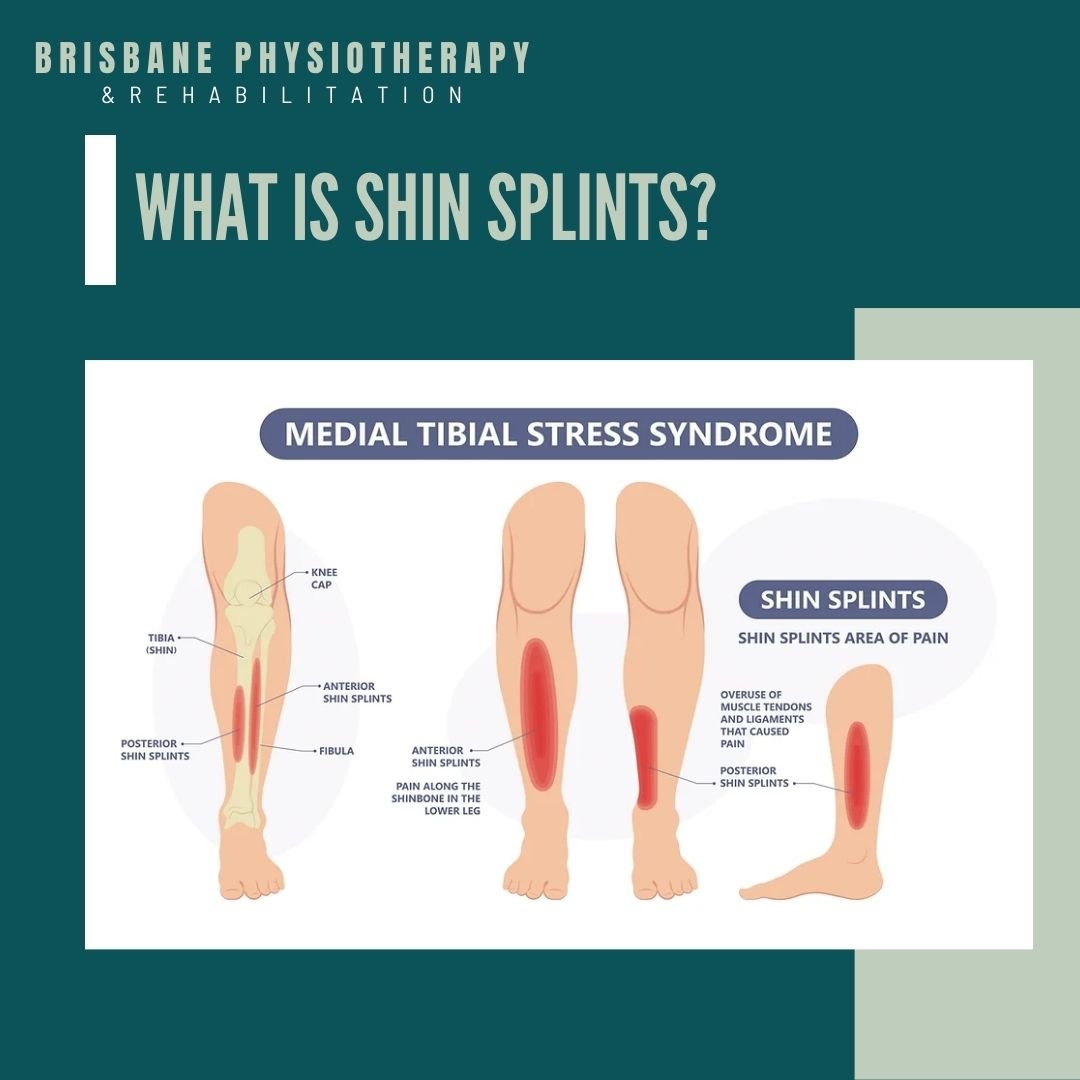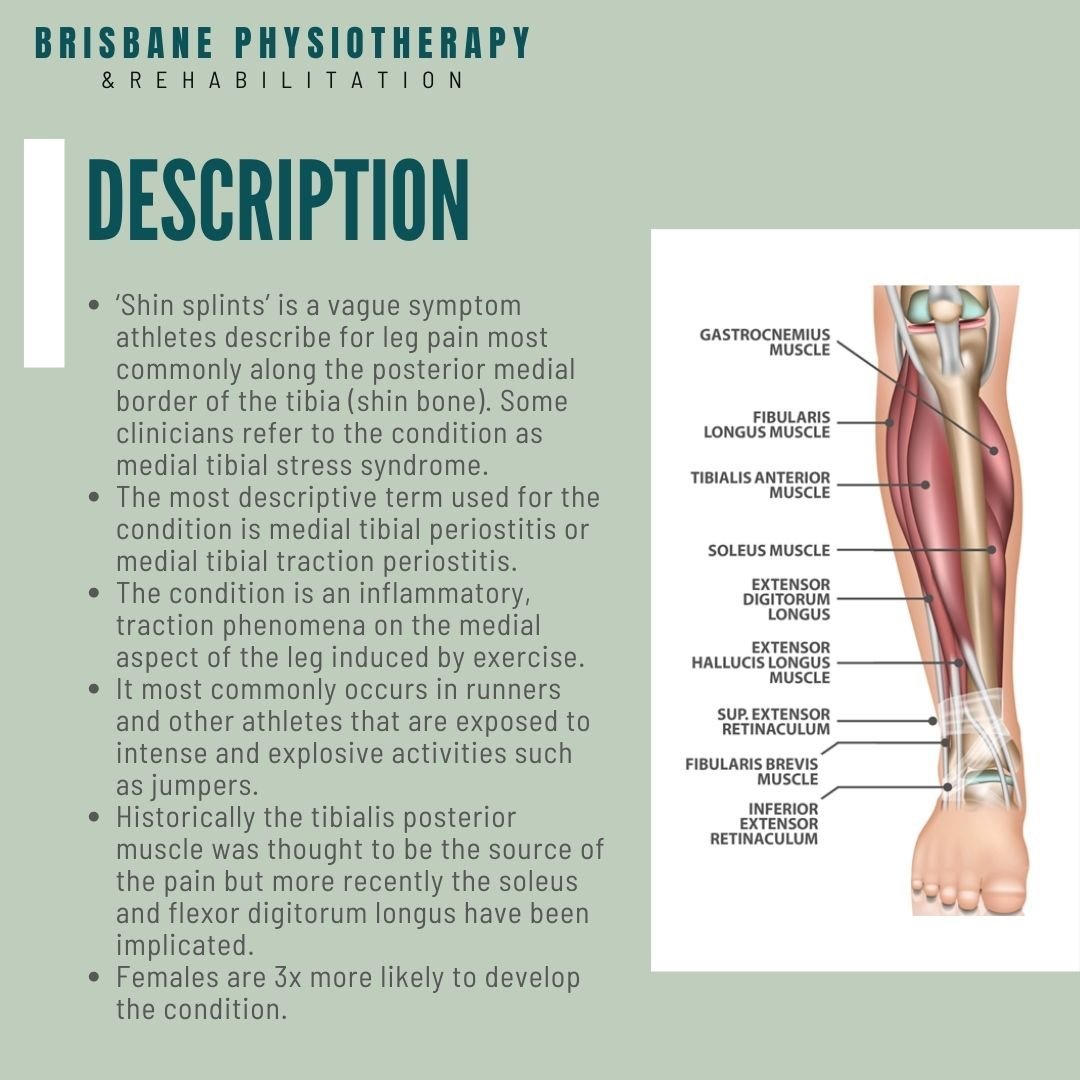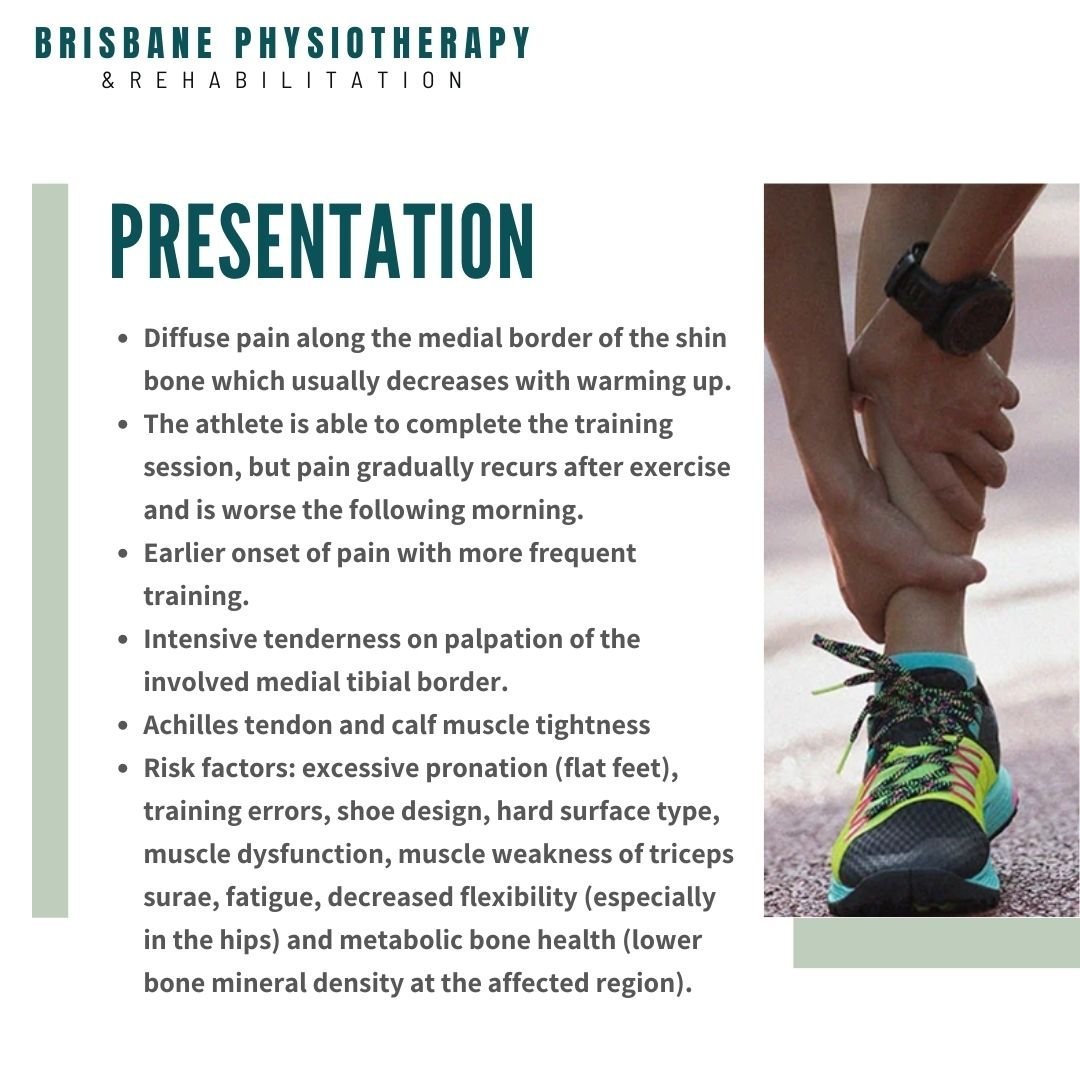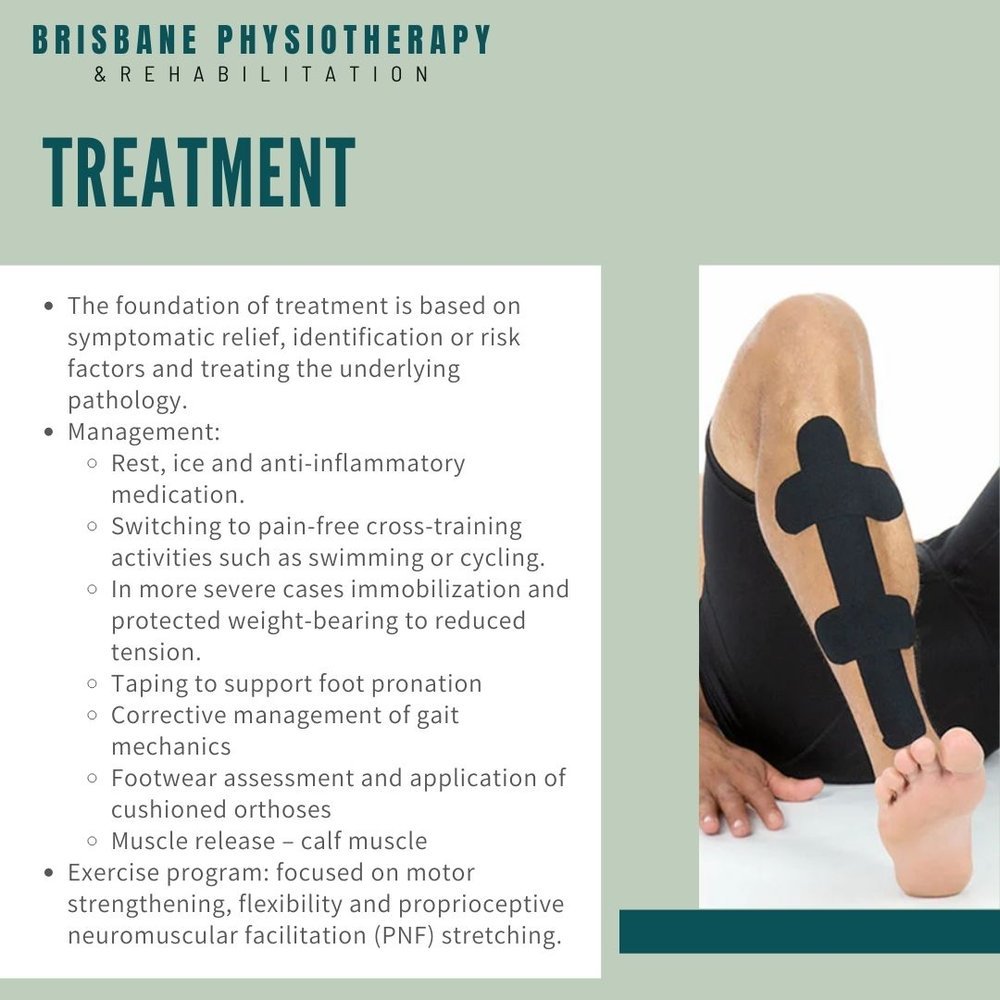Shin Splints Treatment
Shin splints, also known as medial tibial stress syndrome, are a common lower leg condition that affects athletes and individuals engaged in physical activities.
What Are Shin Splints?
Shin splints refer to pain along the inner edge of the shinbone (tibia), which is the large bone in the lower leg. This condition occurs when the muscles, tendons, and bone tissue around the tibia become overused, inflamed, or irritated due to repetitive stress, high-impact activities, or inadequate recovery between exercise sessions. If not appropriately addressed, shin splints may progress into stress fractures.
The most descriptive term used for the condition is medial tibial periostitis or medial tibial traction periostitis. The condition is an inflammatory, traction phenomena on the medial aspect of the leg induced by exercise. It most commonly occurs in runners and other athletes that are exposed to intense and explosive activities such as jumpers. Historically, the tibialis posterior muscle was thought to be the source of the pain but more recently the soleus and flexor digitorum longus have been implicated. Females are 3x more likely to develop the condition.
Presentation
- Diffuse pain along the medial border of the shin bone which usually decreases with warming up.
- The athlete is able to complete the training session, but pain gradually recurs after exercise and is worse the following morning.
- Earlier onset of pain with more frequent training.
- Intensive tenderness on palpation of the involved medial tibial border.
- Achilles tendon and calf muscle tightness.
- Risk factors: excessive pronation (flat feet), training errors, shoe design, hard surface type, muscle dysfunction, muscle weakness of triceps surae, fatigue, decreased flexibility (especially in the hips) and metabolic bone health (lower bone mineral density at the affected region).
Causes of Shin Splints
Several factors contribute to the development of shin splints, including:
Overuse: Engaging in high-impact activities such as running, jumping, or dancing without proper conditioning or gradual progression can overload the muscles and tissues in the lower leg, leading to shin splints.
Poor Footwear: Wearing shoes that lack adequate support or cushioning, or are worn out, can increase the risk of developing shin splints.
Biomechanical Issues: Structural abnormalities such as flat feet, high arches, reduced ankle range of motion, or improper foot alignment can alter lower limb mechanics and predispose individuals to shin splints.
Training Errors: Sudden increases in training intensity, duration, or frequency without adequate rest or recovery can place excessive stress on the lower leg and increase the risk of shin splints.
Hard Surfaces: Running or training on hard surfaces such as concrete or asphalt can increase impact forces on the lower leg, contributing to shin splints.
Symptoms of Shin Splints
Shin splints typically present with the following symptoms:
Pain: Dull, aching pain along the inner edge of the shinbone. In the earlier stages pain may get better with activity and be worse after stopping, as the condition progresses this may change to pain worse the longer the exercise continues
Tenderness: Tenderness or soreness to the touch along the affected area of the shinbone.
Diagnosis and Treatment Shin Splints
Diagnosing shin splints involves a thorough physical examination and may include imaging studies such as X-rays or MRI scans to rule out other underlying conditions such as stress fractures. Treatment options for shin splints aim to alleviate pain, reduce inflammation, and promote healing. These may include:
Rest/Activity Modification: Taking a break from high-impact activities and allowing the affected leg to rest is essential for healing shin splints. It is recommend to substitute these activities for other physical exercises such as cycling or swimming to still maintain cardiovascular health and function.
Ice Therapy: Applying ice packs to the affected area for 15-20 minutes several times a day can help reduce pain and inflammation.
NSAIDs: Over-the-counter nonsteroidal anti-inflammatory drugs (NSAIDs) such as ibuprofen or naproxen can help relieve pain and reduce inflammation.
Stretching and Strengthening Exercises: Performing stretching and strengthening exercises for the muscles of the lower leg and foot can help improve flexibility, stability, and overall biomechanics.
Orthotic Devices: Custom orthoses or shoe modifications may be recommended to correct foot mechanics and reduce stress and load on the lower leg.
In cases where conservative treatments fail to provide relief, or if there is a risk of complications such as stress fractures, a healthcare professional may recommend additional interventions such as corticosteroid injections.
Prevention of Shin Splints
Preventing shin splints involves taking proactive steps to minimize risk factors and promote lower leg health. These may include:
Gradual Progression: Gradually increasing the intensity, duration, and frequency of physical activities can help prevent overuse injuries such as shin splints.
Proper Footwear: Wearing supportive, well-fitted shoes appropriate for the activity can reduce stress on the lower leg and decrease the risk of shin splints.
Cross-Training: Engaging in a variety of low-impact activities such as swimming, cycling, or strength training can help reduce the repetitive stress on the lower leg and promote overall fitness.
Strength and Flexibility: Incorporating strength training and flexibility exercises into your fitness routine can improve muscle strength, endurance, and flexibility, reducing the risk of overuse injuries.
Shin Splints Treatment
The foundation of treatment is based on symptomatic relief, identification or risk factors and treating the underlying pathology.
Management:
Rest, ice and anti-inflammatory medication
Switching to pain-free cross-training activities such as swimming or cycling
In more severe cases immobilisation and protected weight-bearing to reduced tension
Taping to support foot pronation
Corrective management of gait mechanics
Footwear assessment and application of cushioned orthoses
Muscle release – calf muscle
- Exercise program: focused on motor strengthening, flexibility and proprioceptive neuromuscular facilitation (PNF) stretching.
In conclusion, shin splints are a common lower leg condition characterized by pain and inflammation along the inner edge of the shinbone. By understanding the causes, symptoms, and treatment options for shin splints, individuals can take proactive steps towards managing this condition effectively and preventing recurrence. If you're experiencing persistent symptoms of shin splints, consult with a healthcare professional or physical therapist for a comprehensive evaluation and personalized treatment plan tailored to your needs.



